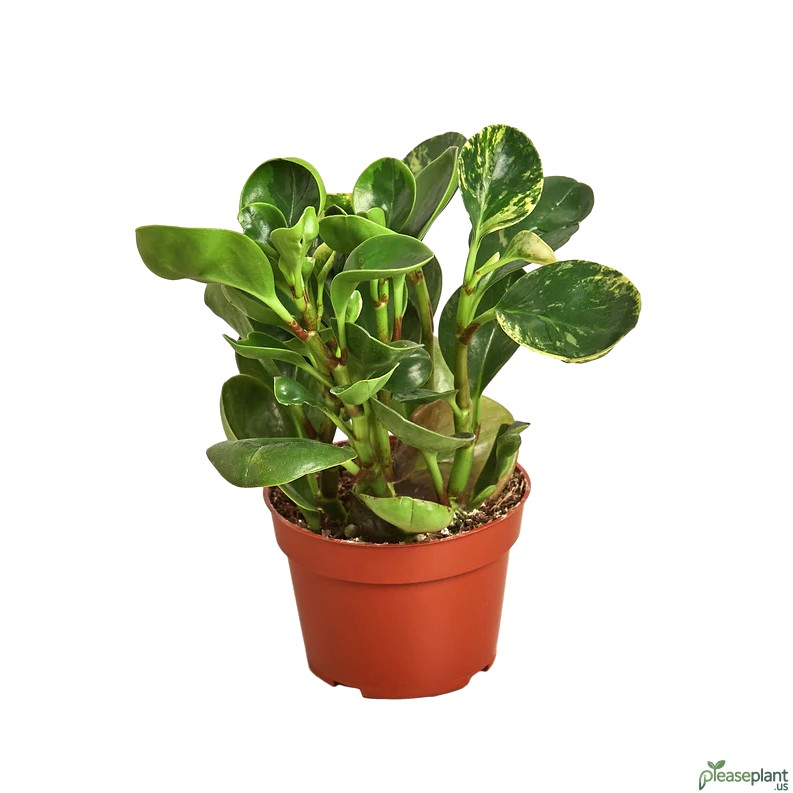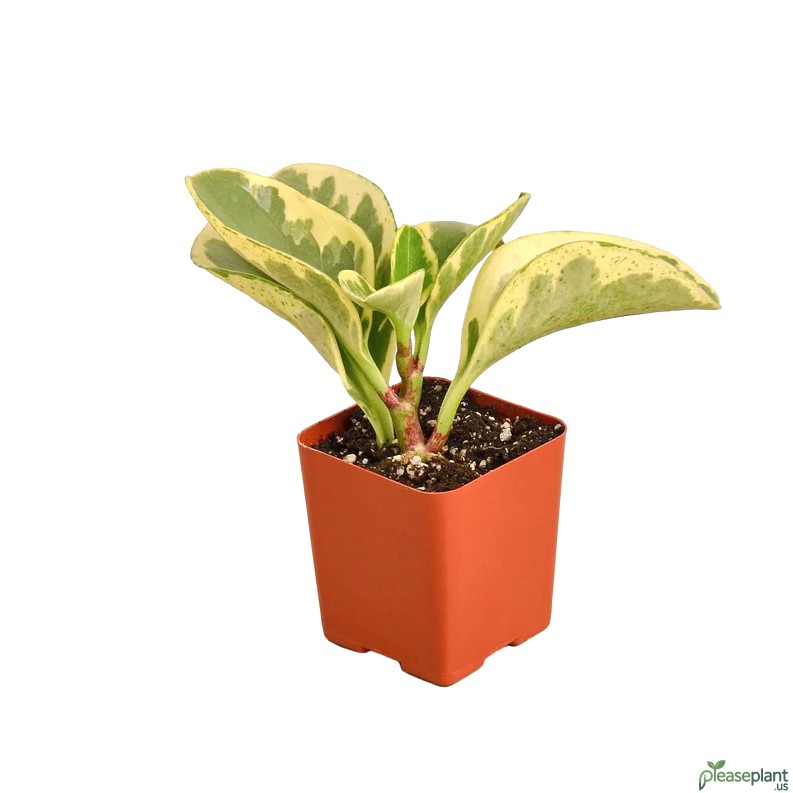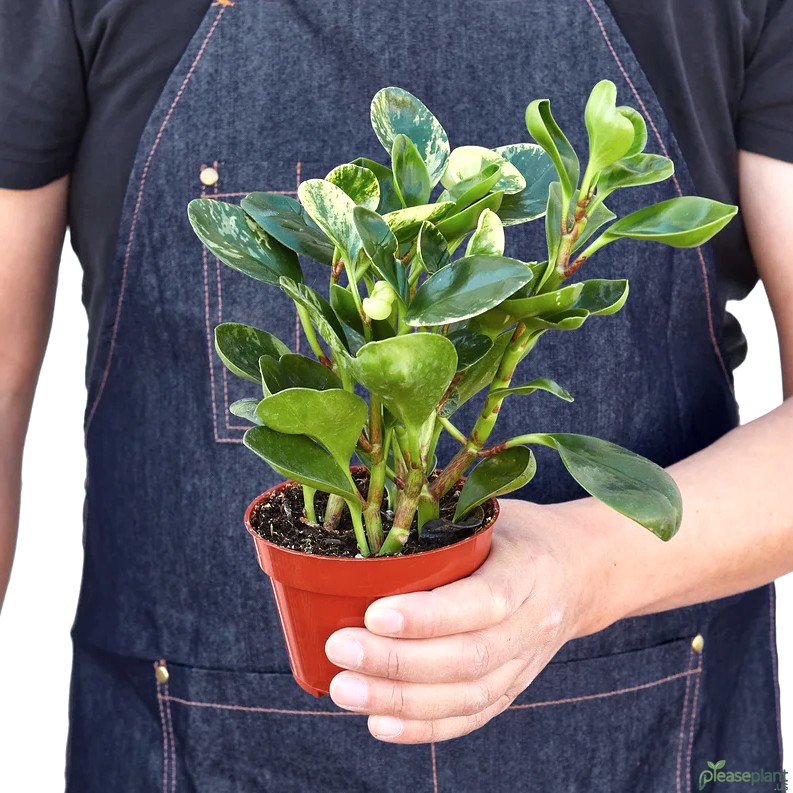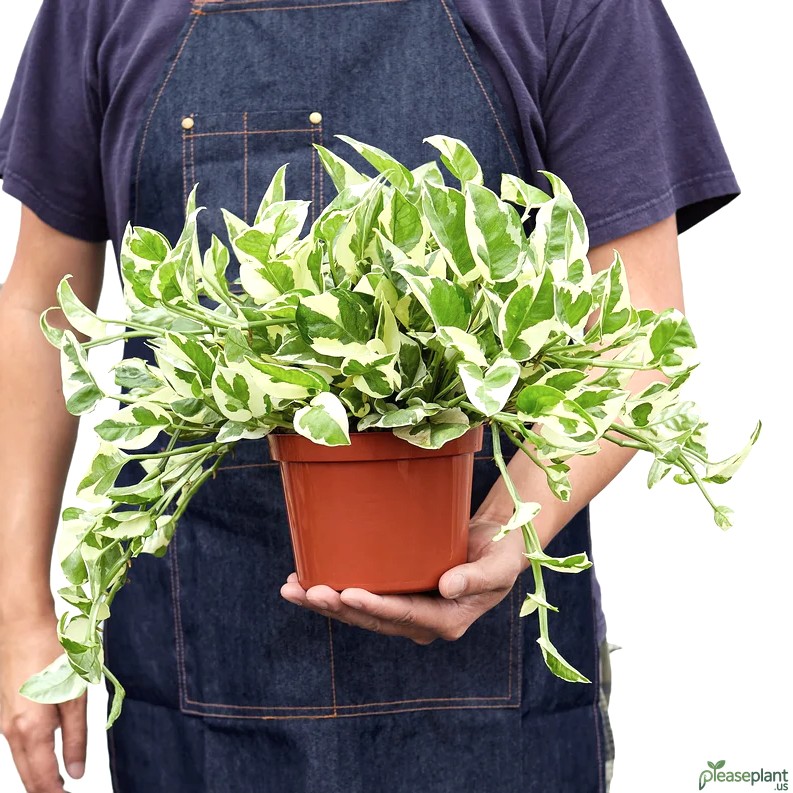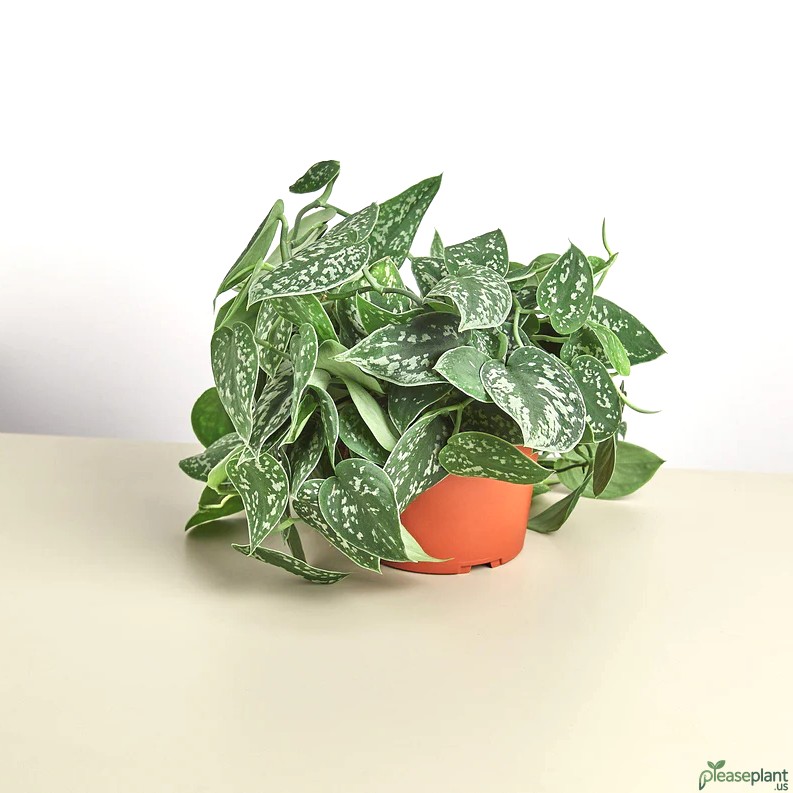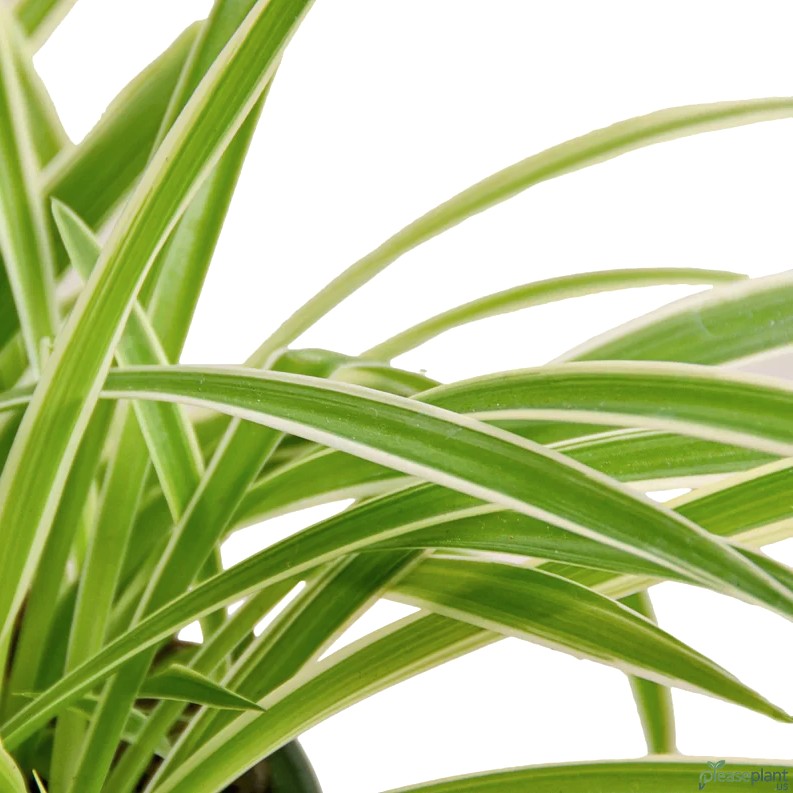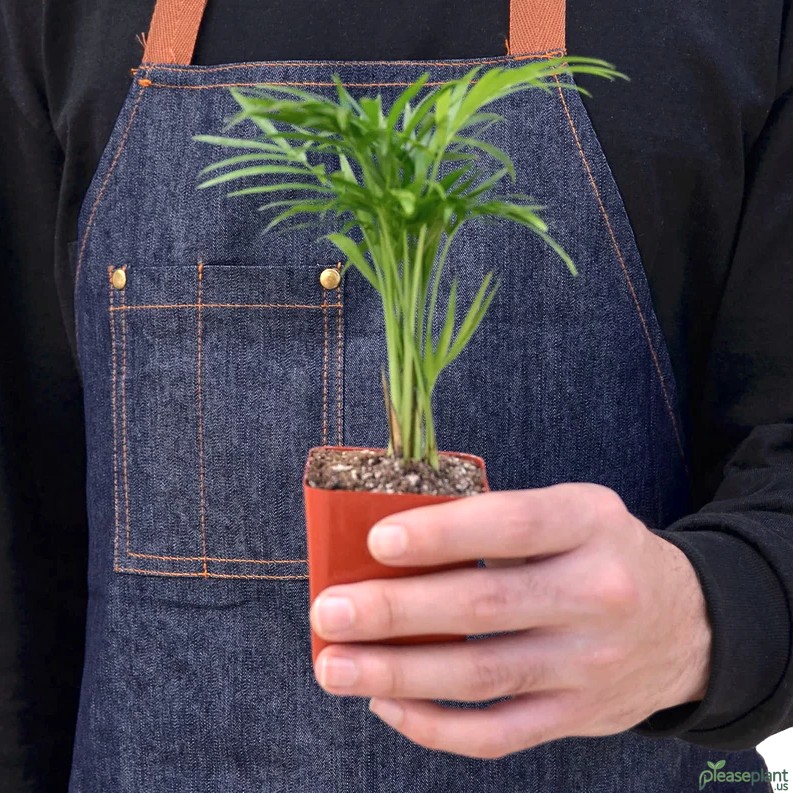Yellow leaves on your Peperomia Marble - Radiator Plant? It’s a common worry, but is it root rot or too much fertiliser? From my experience, spotting the difference early can save your plant. Peperomias are finicky little fellows; a bit too much water and their roots sulk, too much feed and they throw a tantrum with yellow leaves. Let’s dive into the signs and solutions to keep your marble beauty thriving.
When Yellow Leaves Start to Show
I remember the first time I noticed yellow leaves on my Peperomia Marble - Radiator Plant. I was sure it was overwatering, but turns out, the culprit was a sneaky overfertilisation" class="text-primary hover:underline">overfertilisation. Yellow leaves are like your plant’s SOS signal, but figuring out whether it’s root rot or fertiliser burn can be tricky. Usually, root rot comes with a mushy stem or soft roots, whereas fertiliser problems show up more as crisp, dry edges with yellow patches.
Spotting Root Rot in Your Radiator Plant
Root rot is like that uninvited guest who overstays their welcome and ruins the party. It happens when the soil stays soggy for too long, suffocating the roots. If your Peperomia Marble has yellow leaves but also smells a bit funky or the stems feel soft, you’re likely dealing with root rot. The fix? Stop watering immediately and check the roots. Trim off the mushy bits and repot in fresh, well-draining soil. It’s a bit like giving your plant a fresh start, which it desperately needs.
Fertiliser: Friend or Foe?
On the flip side, too much fertiliser can cause your Radiator Plant to throw a fit in the form of yellow leaves too. Unlike root rot, the leaves might look dry and crispy around the edges, almost like they’ve been sunburnt inside your living room. This usually happens if you feed your plant too often or with a fertilizer that's too strong. A good rule? Feed sparingly during growing season and always dilute the fertiliser more than the instructions say. Trust me, less is more here.
Watering Wisdom for Peperomia Marble
Watering is where most folks slip up with Peperomia Marble. These plants love to dry out between drinks, so if you’re soaking the soil constantly, you’re inviting trouble. I learned this the hard way when my marble went from lush green to a sad yellow in just a week. Let the top inch of soil dry out, and only then give a good soak. Also, avoid waterlogging by using pots with proper drainage holes.
Real Talk: Can You Save a Yellowing Peperomia Marble?
Absolutely! But patience is key. After trimming root rot, or cutting back on fertiliser, your plant might look worse before it gets better. Yellow leaves won’t turn green again, so gently prune them to encourage new growth. Keep it in bright, indirect light and keep an eye on watering. It’s a bit like babysitting a moody teenager, but worth every bit of effort.
My Final Thoughts
If you’re battling yellow leaves on your Peperomia Marble - Radiator Plant, don’t panic. It’s either a water drama causing root rot or a fertiliser faux pas. Check the roots, adjust your feeding, and you’ll have your marble beauty back in no time. Remember, the key is moderation and attention to detail. And if you’re new to this, take it slow – rushing only makes things worse. Good luck, and happy planting!

